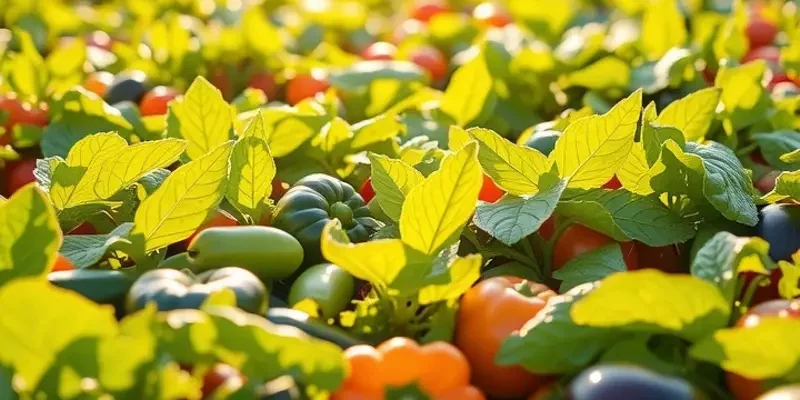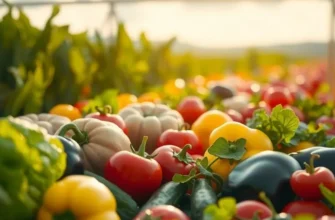Pasta is a beloved staple in many kitchens, enjoyed worldwide for its versatility and comforting flavors. Whether you’re a novice or an experienced cook, mastering the art of pasta cooking can elevate your home dining experience. With the right techniques and a touch of creativity, each dish can become a delightful feast. Get ready to explore practical tips and approachable methods to ensure your pasta turns out perfectly every time.
The Essentials of Pasta Preparation

Mastering the art of pasta preparation starts with understanding the fundamental steps necessary to ensure each dish is a triumph. Each choice you make in the preparation process, from pasta type to water salinity, plays a pivotal role in the final outcome.
Firstly, selecting the appropriate pasta type is crucial. Different shapes lend themselves to different sauces and cooking methods. For example, shapes like penne, with their ridged surface, are ideal for holding on to hearty, chunky sauces. Meanwhile, delicate strands like angel hair are best paired with lighter, oil-based dressings. Consider your sauce choice when picking your pasta to create harmonious flavor and texture combinations.
Once you’ve selected your pasta, it’s time to consider the water. Use plenty of water to avoid pasta clumping and ensure even cooking. A good rule of thumb is to use about 4 to 6 quarts of water per pound of pasta. Adding salt is equally important. Salting the water generously is critical not only for flavor but also to aid in the cooking process. The right amount of salt should mimic the taste of the sea, enhancing the pasta without overpowering it. Remember, the pasta will absorb this salt, so there’s no need to add excessive salt later on.
Don’t forget about the timing, which is the backbone of any pasta preparation. Always follow package instructions as a guideline but use your judgment. Testing for al dente—a firm yet tender texture—ensures your pasta has the perfect bite. A common practice is to taste a piece a minute or two before the suggested cooking time ends, adjusting as necessary.
Another critical step many overlook is saving some pasta water before draining. This starchy water is a secret weapon—it helps emulsify sauces, making them cling to the pasta better. As you combine the pasta with the sauce, gradually add this reserved water until you achieve the desired consistency and texture.
Lastly, keep in mind that pasta continues to cook a bit after being drained, a process known as carryover cooking. Therefore, it’s often advisable to slightly undercook pasta in the pot, especially if it will be further cooked in a sauce.
For those looking to improve their kitchen efficiency, you might find these minimal prep dinner ideas useful. They offer practical tips to streamline your cooking process without sacrificing flavor.
By attending to these essentials, you lay the foundation for pasta dishes that are consistently delightful. Each step impacts the final flavor and texture, showcasing the pasta in its best light.
Perfecting Your Sauce Pairings

A sublime pasta dish often begins with the perfect sauce pairing. This synergy between pasta and sauce elevates a simple meal to a culinary marvel. To create this harmony, it’s essential to understand both classic pairing principles and innovate with bold combinations.
Each type of pasta, from spaghetti to farfalle, has a unique texture and form that suits specific sauces. For instance, long, thin strands like spaghetti pair exquisitely with olive oil-based or tomato sauces. These sauces cling easily to every strand, offering a balance of flavor in each bite. In contrast, shorter, tubular shapes, like penne or rigatoni, work well with chunky or creamy sauces. Their hollows and ridges capture bits of sauce, ensuring a fuller flavor experience.
One must not overlook the impact of the sauce’s consistency. Thin sauces, such as a classic marinara, complement smoother pasta like linguine, allowing the subtle release of acidity and sweetness across the palate. Meanwhile, dense, hearty sauces containing pieces of meat or vegetables mesh beautifully with thicker pasta that holds up under their weight.
For those eager to explore beyond traditional boundaries, experimenting with alternative sauces provides a gateway to unique flavors. Incorporating purees from vegetables such as butternut squash or roasted red peppers can create a vibrant twist. This approach introduces layers of nuanced taste and texture, dramatically enhancing your pasta repertoire.
Consider enhancing your creations with additional ingredients that amplify the sauce’s natural flavors. Herbs such as basil and oregano introduce aromatic freshness, crucial for sauces based in tomato or pestos. Meanwhile, infusing sauces with wine or a hint of cream can provide a touch of sophistication to simple pasta dishes.
Innovative pairings are not solely restricted to reinventing classic combinations. Incorporating elements from global cuisines allows for unexpected yet delightful encounters of flavors. A light lemon and garlic sauce can take on Asian-inspired flair with soy sauce and sesame oil, offering a completely new gustatory experience.
The preparation technique also plays an integral role. For an impactful result, consider simmering sauces slowly to let the flavors meld together seamlessly. This method coaxes out hidden complexities that elevate even the simplest of ingredients.
Finally, remember that presentation is part of the charm. A sprinkling of freshly grated cheese or a drizzle of olive oil can transform your dish visually and aromatically, enticing the senses before even taking a bite.
Mastering sauce pairings is both a science and an art. As you practice and experiment, you’ll discover a personal rhythm that balances classic techniques with your culinary flair. Ultimately, this adventure enriches your pasta cooking journey, turning each meal into an opportunity for innovation and enjoyment.
Final words
By mastering the techniques of preparing pasta and matching it with the perfect sauce, anyone can elevate their culinary skills. Remember to choose quality ingredients and don’t hesitate to experiment with different combinations. Cooking is a journey, and each meal brings the opportunity to learn and improve. Embrace your love for pasta, and enjoy the process of crafting dishes that bring delight to your table for family and friends.







